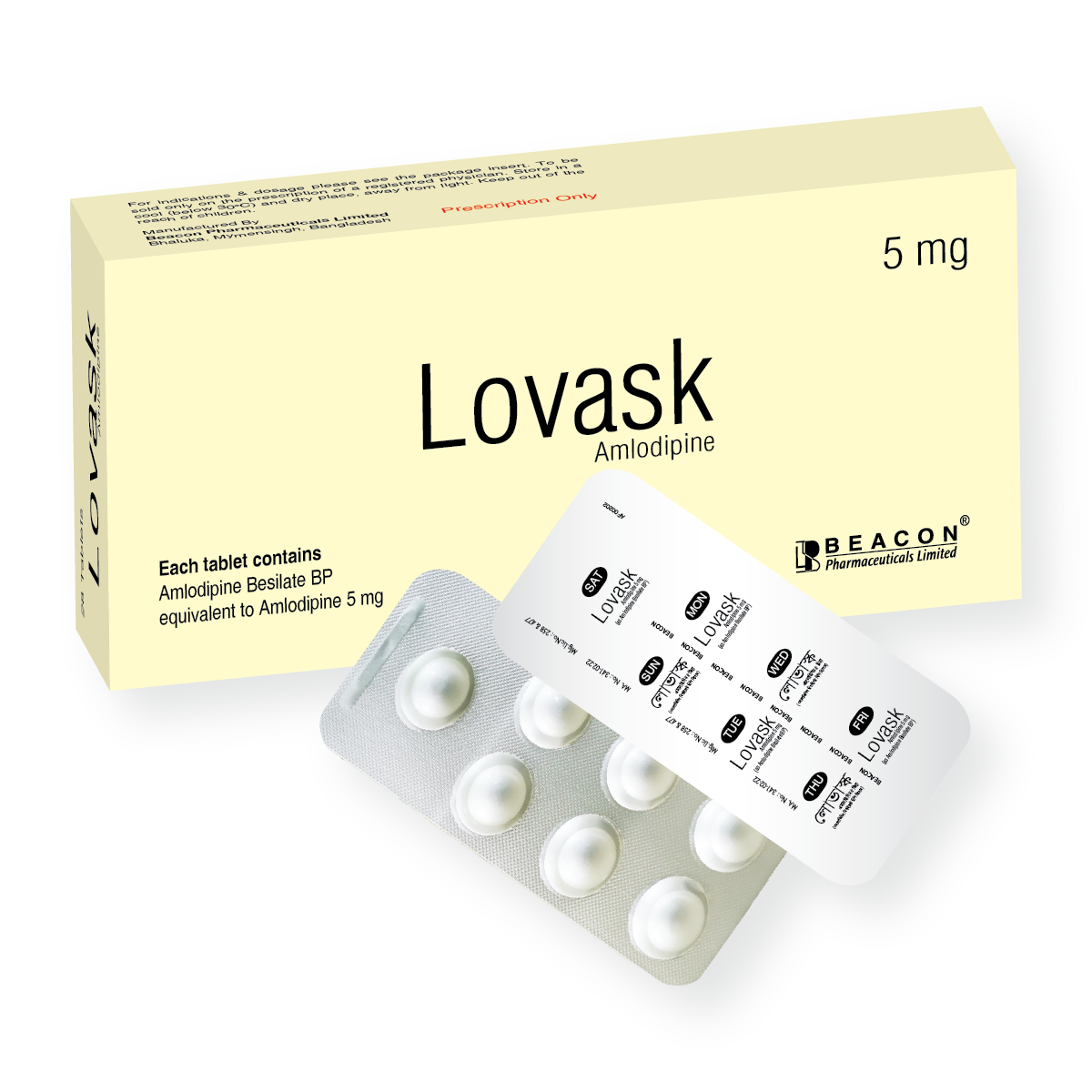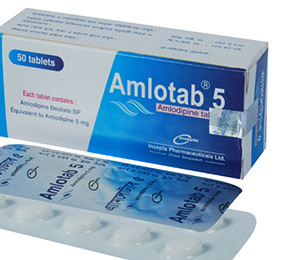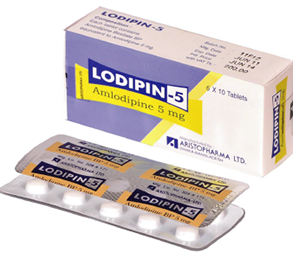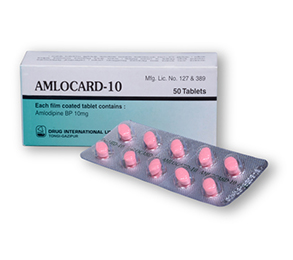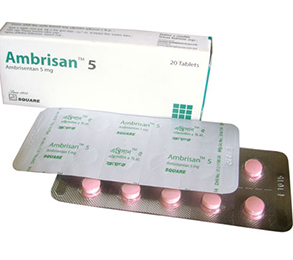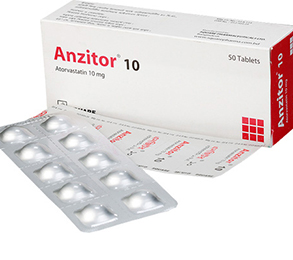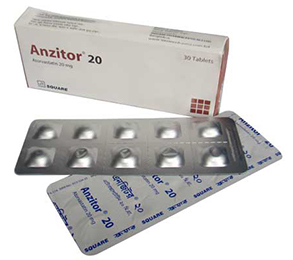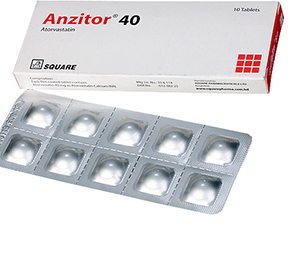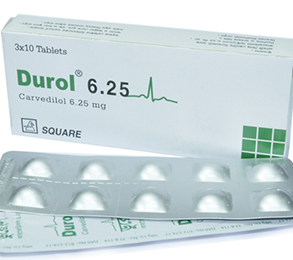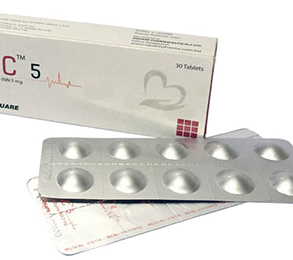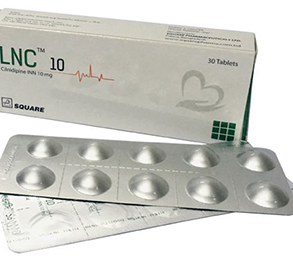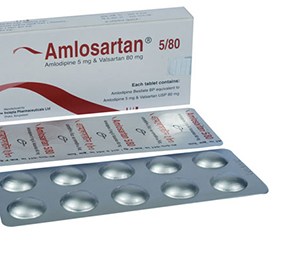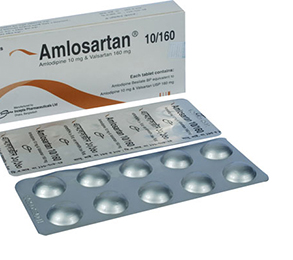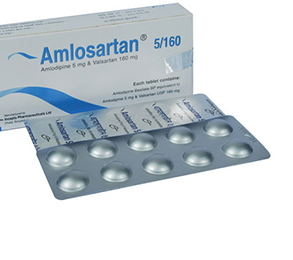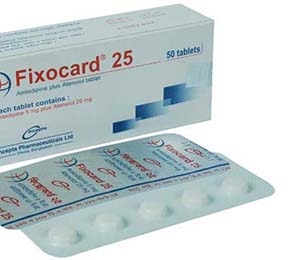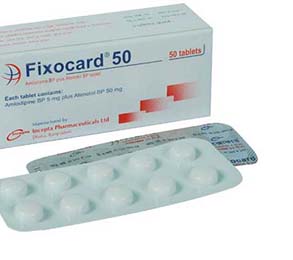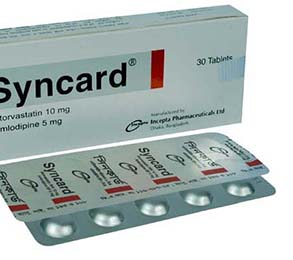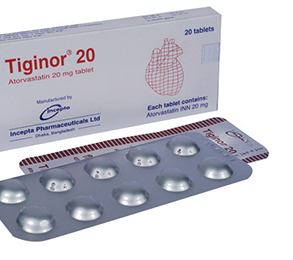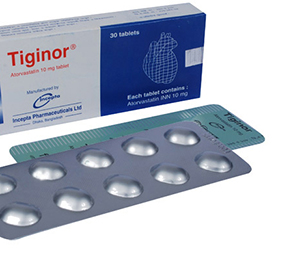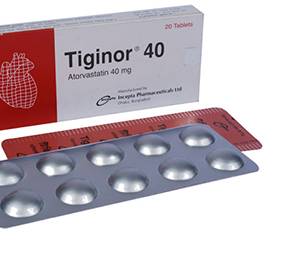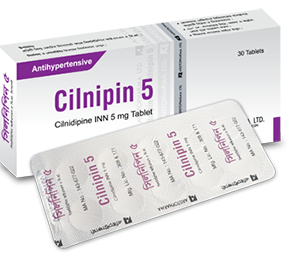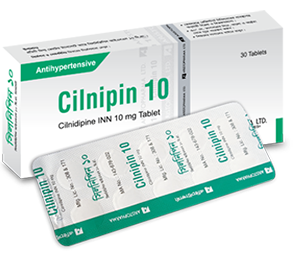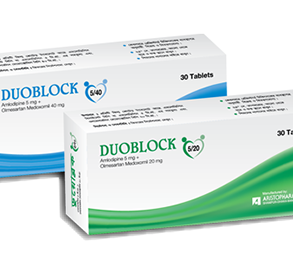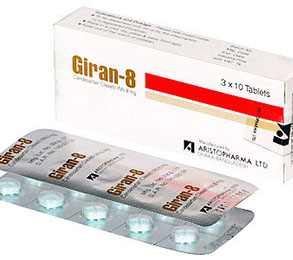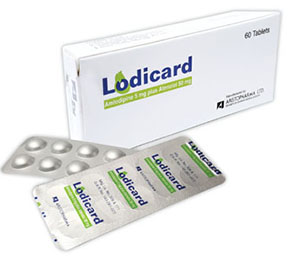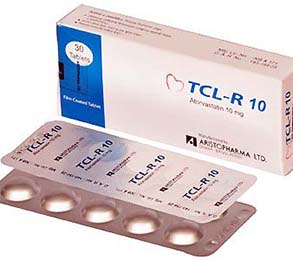Lovask Tablet 5 mg 14 Pcs
Alternative products
Indications
Amlodipine is a calcium channel blocker and may be used alone or in combination with other antihypertensive and antianginal agents for the treatment of Hypertension and Coronary Artery Disease (such as Chronic Stable Angina, Vasospastic Angina and Angiographically Documented Coronary Artery Disease in patients without heart failure or an ejection fraction < 40%) .
Therapeutic Class
Calcium-channel blockers
Pharmacology
Amlodipine is a
long-acting calcium channel blocker that inhibits the transmembrane influx of
calcium ions into vascular smooth muscle and cardiac muscle. Thus it causes
reduction in peripheral vascular resistance and contractile process in cardiac
muscle and reduces blood pressure.
The mechanism of the antihypertensive action is due to a direct relaxant effect
on vascular smooth muscle. The precise mechanism by which amlodipine relieves
angina has not been fully determined but Amlodipine reduces total ischemic
burden by the following two actions:
- Amlodipine dilates peripheral arterioles and thus, reduces the total peripheral resistance (after load) against which the heart works. Since the heart rate remains stable, this unloading of the heart reduces myocardial energy consumption and oxygen requirements.
- The mechanism of action of Amlodipine also probably involves dilatation of the main coronary arteries and coronary arterioles, both in normal and ischemic regions. This dilation increases myocardial oxygen delivery in patients with coronary artery spasm (prinzmetals or variant angina).
Dosage & Administration
Adult: Starting dose 5 mg once daily with maximum
dose 10 mg once daily.
Pediatric: Starting dose 2.5 mg to 5 mg once daily.
Small,
Fragile and Elderly patients or patients with hepatic insufficiency: Starting dose 2.5 mg once daily.
Interaction
Amlodipine has been safely administered with thiazide diuretics, alpha blockers, beta blockers, angiotensin-converting enzyme inhibitors, long-acting nitrates, sublingual nitroglycerine, non-steroidal anti-inflammatory drugs, antibiotics, and oral hypoglycemic drugs. Amlodipine has no effect on protein binding of digoxin, phenytoin, warfarin, or indomethacin. Administration of Amlodipine with grapefruit or grapefruit juice is not recommended as bioavailability may be increased in some patients resulting in increased blood pressure lowering effects.
Contraindications
It is contraindicated in patients with known sensitivity to Amlodipine.
Side Effects
Most common side effects are headache and edema which occurred in a dose related manner. Other side effects not dose related but reported with an incidence >1.0% are headache, fatigue, nausea, abdominal pain and somnolence.
Pregnancy & Lactation
Pregnancy Category C. There are no adequate and well-controlled studies of Amlodipine in pregnant women. Amlodipine should be used during pregnancy only if the potential benefit justifies the potential risk to the fetus. It is not known whether Amlodipine is excreted in human milk. In the absence of this information, it is recommended that nursing be discontinued while Amlodipine is administered.
Precautions & Warnings
Symptomatic hypotension is possible, particularly in patients with severe aortic stenosis. However, because of the gradual onset of action, acute hypotension is unlikely. Worsening angina and acute myocardial infarction can develop after starting or increasing the dose of Amlodipine, particularly in patients with severe obstructive coronary artery disease. Titrate slowly when administering calcium channel blockers to patients with severe hepatic impairment.
Use in Special Populations
Children with
hypertension from 6 years to 17 years of age: 2.5 mg once daily as a starting dose, up-titrated to 5 mg once
daily if blood pressure goal is not achieved after 4 weeks. Doses in excess of
5 mg daily have not been studied in pediatric patients.
Children
under 6 years old: The effect of
amlodipine on blood pressure in patients less than 6 years of age is not known.
Elderly: Amlodipine used at similar doses in elderly
or younger patients is equally well tolerated. Normal dosage regimens are
recommended in the elderly, but increase of the dosage should take place with
care.
Renal
impairment: Changes in
amlodipine plasma concentrations are not correlated with degree of renal
impairment, therefore the normal dosage is recommended. Amlodipine is not
dialysable.
Hepatic
impairment: Dosage
recommendations have not been established in patients with mild to moderate
hepatic impairment; therefore dose selection should be cautions and should
start at the lower end of the dosing range. The pharmacokinetics of Amlodipine
have not been studied in severe hepatic impairment. Amlodipine should be
initiated at the lowest dose (2.5 mg once daily) and titrated slowly in
patients with severe hepatic impairment.
Overdose Effects
In humans, experience with intentional
overdose is limited.
Symptoms: Available data suggest that large overdosage
could result in excessive peripheral vasodilatation and possibly reflex
tachycardia. Marked and probably prolonged systemic hypotension up to and
including shock with fatal outcome have been reported.
Management: Clinically significant hypotension due to
amlodipine overdosage calls for active cardiovascular support including
frequent monitoring of cardiac and respiratory function, elevation of
extremities, and attention to circulating fluid volume and urine output.
A vasoconstrictor may be helpful in restoring vascular tone and blood pressure,
provided that there is no contraindication to its use. Intravenous calcium
gluconate may be beneficial in reversing the effects of calcium channel
blockade. Gastric lavage may be worthwhile in some cases. In healthy volunteers
the use of charcoal up to 2 hours after administration of amlodipine 10 mg has
been shown to reduce the absorption rate of amlodipine. Since amlodipine is
highly protein-bound, dialysis is not likely to be of benefit.
Storage Conditions
keep in a dry place away from light and heat. Keep out of the reach of children.
- Type Tablet
- Tag
- Morbi leo risus
- Porta ac consectetur ac
- Vestibulum at eros
